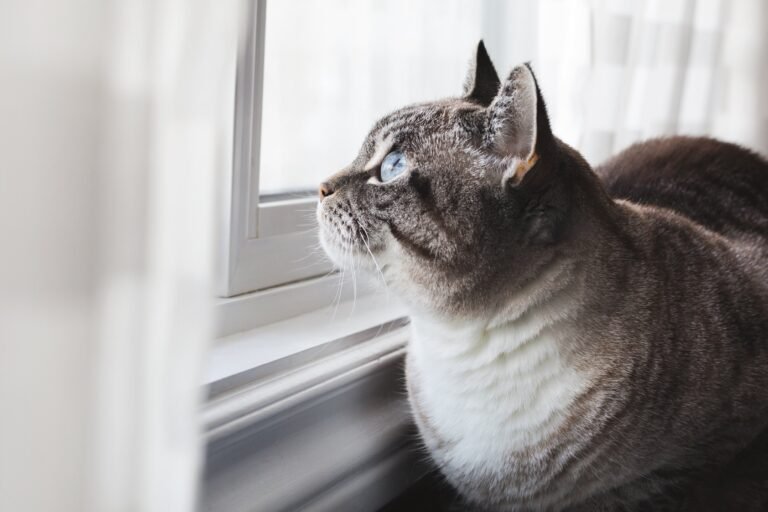Cats are often seen as independent animals, but did you know that they can also experience separation anxiety? While this condition is more commonly associated with dogs, it’s important for cat owners to recognize that their feline friends can struggle with being alone too. Understanding the signs and providing effective solutions can make a world of difference for your anxious kitty.
Signs of Separation Anxiety in Cats
Separation anxiety in cats can manifest in various ways. Keep an eye out for these common symptoms:
- Excessive Vocalization: Constant meowing, crying, or yowling when you’re getting ready to leave or are away.
- Destructive Behavior: Scratching furniture, knocking items over, or chewing on objects out of stress.
- Inappropriate Elimination: Urinating or defecating outside the litter box, particularly on your belongings.
- Over-Grooming: Licking themselves excessively, leading to bald spots or skin irritation.
- Clingy Behavior: Following you around the house and becoming distressed when you’re not in sight.
Solutions for Separation Anxiety
Fortunately, there are steps you can take to help ease your cat’s anxiety and make them feel more secure:
- Create a Comforting Environment:
- Leave out items with your scent, like a worn T-shirt or blanket, to reassure your cat of your presence.
- Provide a cozy hiding spot or cat bed where they feel safe.
- Interactive Toys and Puzzles:
- Engage their mind with toys that keep them entertained and distracted in your absence.
- Rotate toys regularly to maintain their interest.
- Gradual Desensitization:
- Practice leaving for short periods and gradually increase the time you’re away. This can help your cat adjust to being alone.
- Soothing Sounds:
- Leave on soft music or a television show to create a calming atmosphere.
- Consult a Veterinarian:
- If your cat’s anxiety persists, speak with your vet. They may recommend behavior therapy or medications to help.
A Final Note
Patience and consistency are key when addressing separation anxiety in cats. With the right approach, your feline friend can become more comfortable with alone time, improving both their quality of life and yours.
